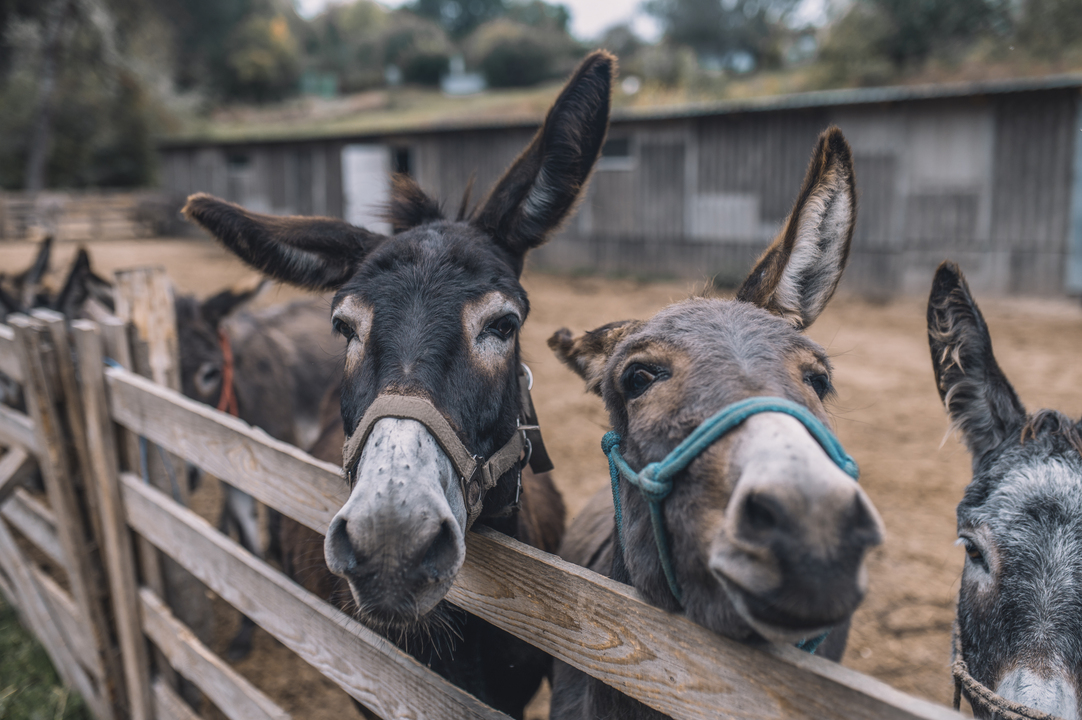This is the charming tale of a philatelist and animal lover who intertwines his passion for donkeys and stamps to weave a delightful narrative
(ANN/THE DAILY STAR) – For centuries, donkeys have been loyal companions to humans. Traditionally known for their role as load carriers, these steadfast animals continue to serve as pack animals in parts of Africa, Asia, Europe, and the Americas.
It all began with a casual Google search that unearthed an amusing myth: supposedly, donkeys “kill” more people annually than plane crashes! While this is just one of many misconceptions about donkeys, it sparked a deeper exploration into their fascinating world.
Further investigation revealed that there are over 40 million donkeys worldwide, still playing a vital role in the rural economy of many countries.
Days and countless hours on Wikipedia later, I found myself spiralling down a rabbit hole! During the COVID-19 lockdown, I started buying books ranging from nursery rhymes to scholarly works on donkeys’ social contributions. Re-reading A Midsummer Night’s Dream gave me new insights into how we perceive donkeys, and delving into mythology took me back to my childhood.

I watched Shrek yet again, finding new humour in its subtle jokes. Though I had no intention of breeding animals, I found myself pouring over veterinary articles, eager to unravel the mysteries of all things donkey!
Biologically speaking, they are distant cousins of horses and zebras. As early as 4000 BC, donkeys were domesticated in North Africa and Egypt for meat and milk. While horses were tamed for hunting by men, donkeys were predominantly used by women to finish chores like carrying drinking water.
Often termed “stupid” and “stubborn,” donkeys are in fact, extremely intelligent creatures. Their stubbornness is a misinterpretation of their carefulness, which they nearly always exercise to assess their surrounding environment before making a move.
Once they establish a relationship with their human custodians, donkeys start behaving like the perfect animal companions.
It is also a little-known fact that donkeys have helped humans conquer hostile territories — from creating habitats in remote islands to moving the mail and other loads across deserts and jungle terrains.
Now, the question may arise, how does philately come into donkey matters? Well, one of the popular ways of collecting stamps is by themes, where one attempts to collect stamps and other postal materials on a chosen subject.
The goal is to narrate a story. Thus, a thematic collection on “lions” not only comprises stamps with the animal in the design but, for instance, also a section on the philanthropic movement, Lions Clubs International Foundation (LCIF).

While researching donkeys, to boost my collection, I was also making significant purchases from shops in Dhaka, dedicated Facebook pages trading stamps, eBay, and foreign auction houses dealing in philately.
There are thousands of stamps featuring donkeys in the world (surprise!), and technically speaking, they all have a space in my album, but any attempt for a world collection, even on a topic as obscure as donkeys, is futile. Whatever the limitations, it did not stop me from being an ardent donkey philatelist!
The moment I learned something interesting, the pursuit was to find a stamp or postal item to narrate that very story. Some materials came cheap, others were affordable, and in my conquest to collect the best of the best, I came across a bizarre material that bore five-figure price tags in dollars, which I could not afford!
A stamp collector’s pursuit is never complete. My thematic collection is an ongoing project that presents the lives of donkeys and starts with the evolution of the animal, the process of its domestication, and further use through time as a pack animal.
It touches upon how donkeys helped humans and continue to help the ultra-poor lead their day-to-day lives. It depicts donkeys as seen through popular culture, in Shakespeare’s plays and Shrek, the animated movie franchise.

The philatelic story ends with the narrative of the birth of Jesus Christ and the famed nativity scene, which always features lambs and a donkey along with baby Jesus!
Despite being historically neglected, the role of donkeys in human society is gradually being appreciated. May 8 is celebrated as World Donkey Day; organisations like the Donkey Sanctuary in the UK are doing their part in creating a global movement to ensure the proper treatment of donkeys. Through my collection, I consider myself a humble helper in achieving that goal.
As a donkey enthusiast, I, too, am often at the receiving end of jokes and mockery. If you remember your grade eight literature, you can probably recall laughing at the antics of Nick Bottom.
Even Shakespeare did not let go of a chance to make a joke at the donkey! But like the animals I admire, I take things lightly.






